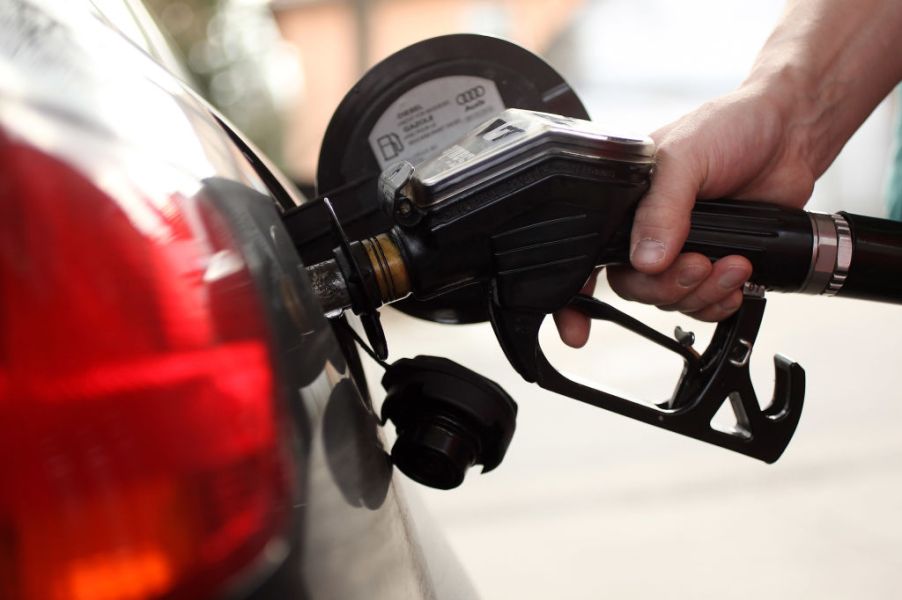
What is the Difference Between the Most Common Fuel Types?
A car’s engine can be very sensitive, and not giving it the right fuel type is like giving milk to someone who’s lactose intolerant. There are many common fuel types that consumers can choose from too, and they can have a lot of different effects on your car and on your wallet. Here are quick comparisons between the most common fuel types.
Gasoline
When you’re at the pump, you may have seen the octane grades of the type of gas that you want by looking at the sticker above each type of gas. Regular gas will have an octane grade of 87, premium will have an octane grade of 91, and super will have an octane grade of 93.
The difference between each octane grade may seem small, and in practice, it actually is. That’s because as long as you’re using the recommended minimum octane level for your car, you shouldn’t experience anything different.
If your car needs regular and you give it super, it won’t have an effect on your car. But if your car needs super and you give it regular, then it could actually damage your engine in the long run.
However, newer models of cars have smart engines that can tune itself to accommodate every type of gas. So even if the automaker recommends premium and you give it regular, the smart engine can tell that you gave it regular and it’ll tune itself accordingly.
That said, if a car wants a higher octane grade of gas and you don’t give it that, then even if the engine doesn’t suffer, you will still get a small dip in performance. However, the dip is extremely small, and it won’t be noticeable unless you’re a race car driver who cares about every second of lap time that you can get.
If you’re wondering how to find out what grade of gas your car wants, it should be at the back of the gas cap or inside your owner’s manual.
And of course, the other main difference between different octane grades is price. The more octane the gas has, the higher its price will be.
Diesel
Compared to gasoline, diesel may have a higher price, but diesel is more fuel efficient than gasoline is. That’s because diesel has more energy per gallon than gasoline does, so your diesel car gets more juice from every top off.
However, because of the chemicals that are in diesel, burning it has a lot of different environmental side-effects than burning gas does. And with scandals like Volkswagen’s Dieselgate, the environmental side-effects of driving a diesel car in America may be bigger than advertised.
The other popular diesel fuel type is biodiesel, which is just diesel that was created from more sustainable sources like vegetable oils or animal fats. In practice, the only difference between biodiesel and regular diesel is where that diesel was made.
Ethanol
At the pumps, you may have seen an E85 sign. That E stands for ethanol and the 85 means 85% ethanol. Ethanol is steadily becoming more popular since most new cars can use ethanol if you specifically ask the automaker for that option. Cars that can drive with E85 can also drive with gas, since the other 15% of E85 is usually gas.
Ethanol is similar to biodiesel in the sense that it’s fuel that’s made from farms. However, unlike biodiesel, ethanol isn’t made from food-crops, so it’s more environmentally sustainable to use ethanol than biodiesel.
That said, unlike diesel, ethanol has less energy per gallon than gas does, so driving with E85 means getting less fuel efficiency than driving with gas. According to How Stuff Works, depending on the vehicle, you will get about 20% to 30% less fuel mileage with E85 than with gas. E85’s low fuel efficiency will also mean you’ll have to refuel more often, and that’ll ultimately mean even higher fuel costs.



